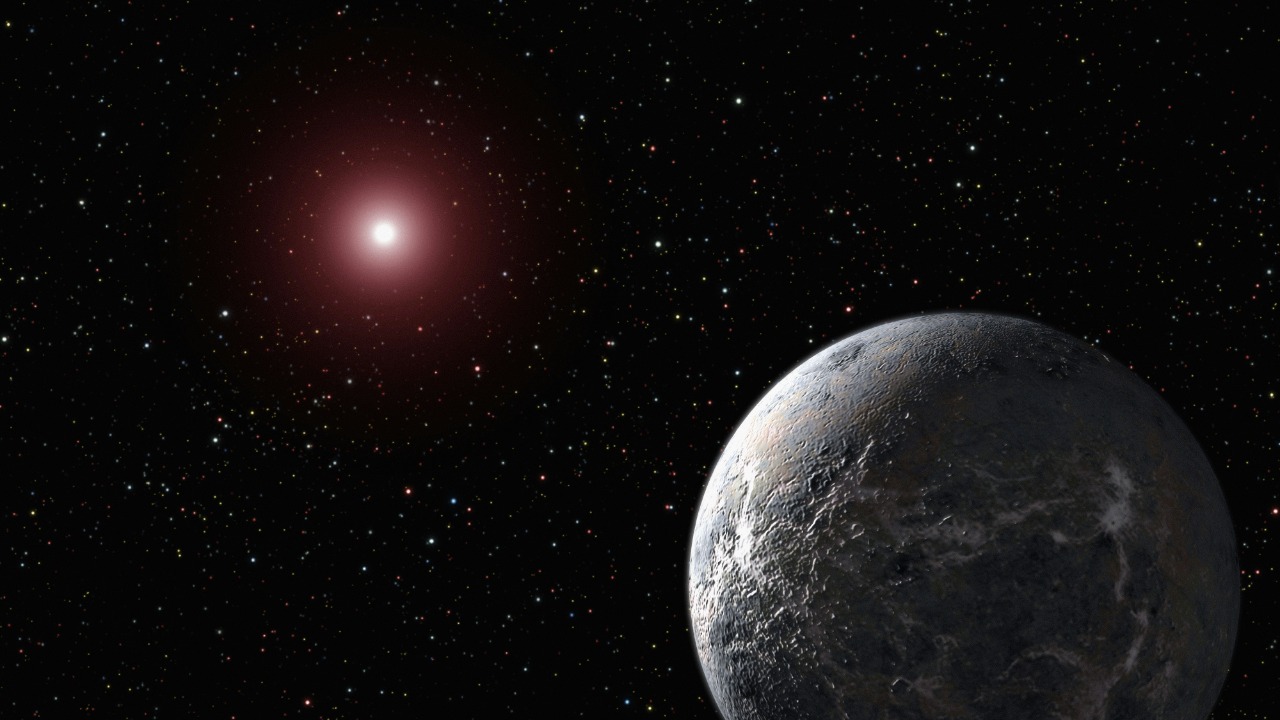
In a groundbreaking discovery, scientists have identified a ‘super-Earth’ less than 20 light-years away, which could potentially harbor extraterrestrial life. This exoplanet, six times larger than our own planet, is situated within a potentially habitable zone, making it a promising candidate in the ongoing search for alien life. However, certain peculiarities about this super-Earth have sparked intriguing discussions about its composition and potential for hosting alien civilizations.
Defining a Super-Earth
Super-Earths are classified as planets larger than Earth but smaller than gas giants, typically ranging from 1.5 to 10 times the radius of Earth. This newly discovered exoplanet, being six times larger than our planet, fits perfectly into this category. Unlike terrestrial planets like Earth, super-Earths are believed to have denser compositions, which could support unique atmospheres or surfaces suitable for life.
Super-Earths are relatively rare in our stellar neighborhood, making this discovery, located less than 20 light-years away, particularly significant.
Discovery Process and Methods
The discovery of this super-Earth was made possible through advanced astronomical techniques such as transit photometry and radial velocity measurements. Ground-based and space telescopes played a crucial role in confirming the planet’s existence and determining basic parameters like its orbital period. The announcement of this discovery was made after the findings were validated through multiple datasets to ensure accuracy.
Proximity to Earth
The proximity of this super-Earth, being less than 20 light-years away, makes it one of the closest potentially habitable worlds beyond our solar system. This proximity, compared to other known exoplanets, underscores its accessibility for future detailed study. The type and stability of the host star also contribute to the planet’s favorable location in the galaxy.
Physical Characteristics
Being six times larger than Earth, this super-Earth implies a mass and gravity that could sustain thick atmospheres or oceans. Based on its position in the habitable zone, the estimated surface conditions, including temperature ranges, might allow the existence of liquid water. Potential geological features, such as tectonic activity, could make it more Earth-like despite its super-Earth status.
Unusual Aspects of the Planet
However, there is something unusual about this super-Earth. Anomalous density readings or unexpected orbital traits challenge standard models. These peculiarities might affect habitability, like irregular magnetic fields or atmospheric compositions. Observational data that revealed these oddities include spectral analysis hints of exotic elements.
Potential for Alien Life
The planet’s placement in a potentially habitable zone suggests conditions that could support microbial or complex life forms. Biosignatures to watch for include oxygen or methane in the atmosphere, making this super-Earth an exciting lead in the search for life. Environmental factors like stellar radiation levels could either nurture or threaten potential ecosystems.
Implications for Astronomy
This discovery advances exoplanet science, particularly in understanding super-Earth formation and diversity. Planned follow-up missions or observations aim to probe the planet’s atmosphere and surface in greater detail. The discovery also has broader impacts, such as refining habitability criteria and inspiring new searches for nearby worlds that could inhabit alien life.
More from MorningOverview